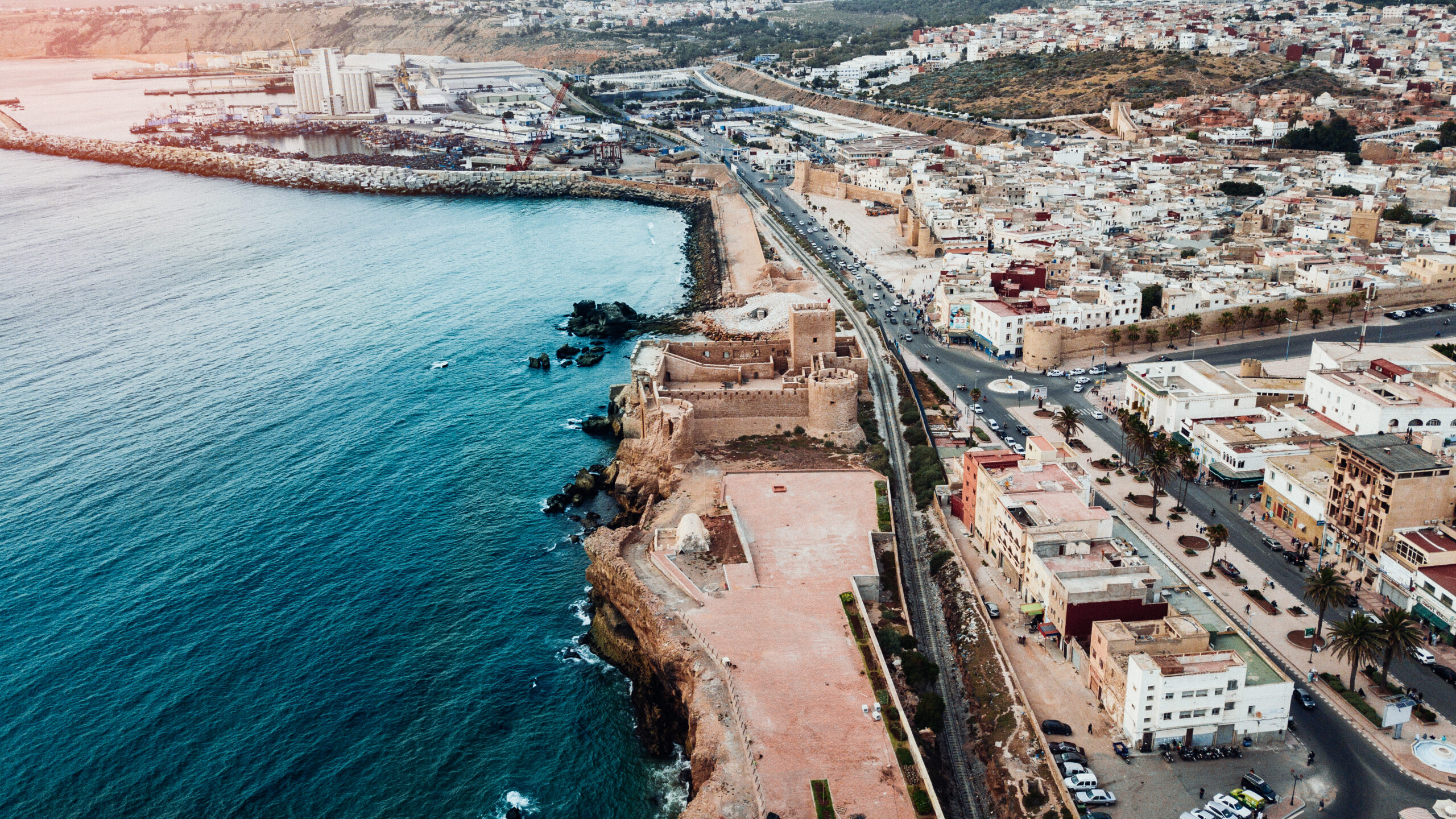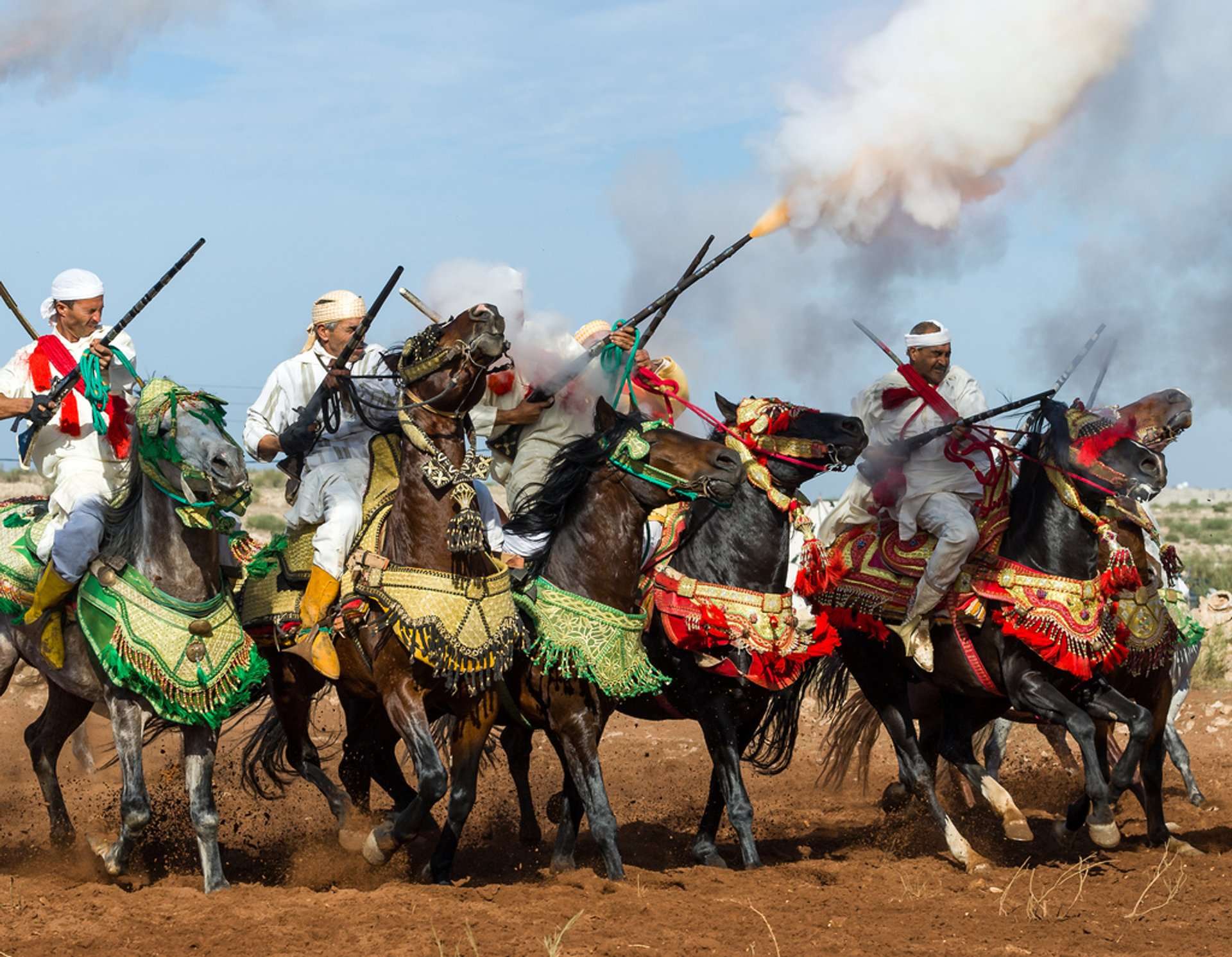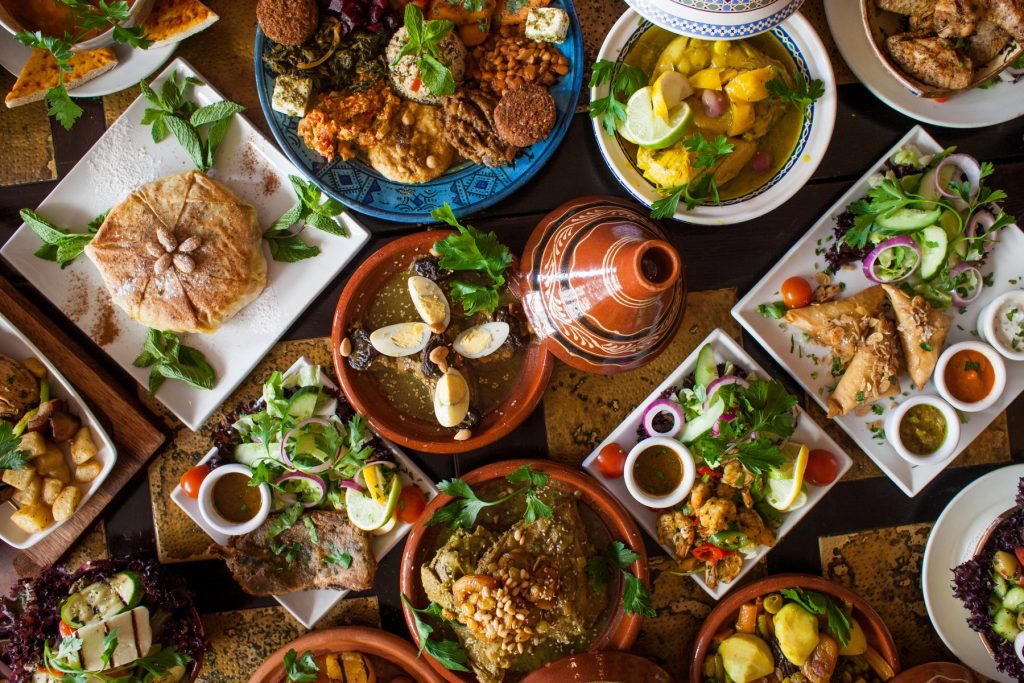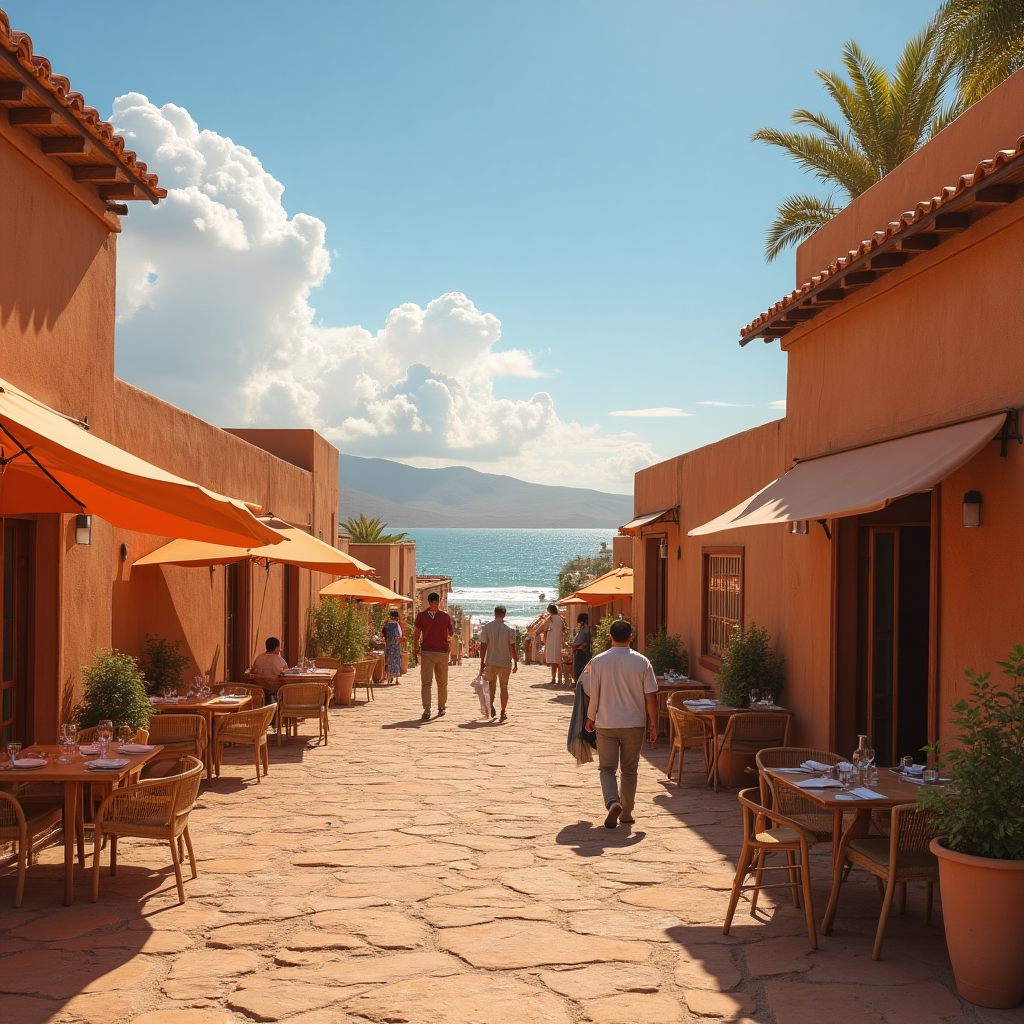Safi, Morocco: Capital of Pottery – A Living Art to Discover

A Craft Rooted in History
Pottery in Safi dates back several centuries. Thanks to the high-quality red clay found in the region, artisans developed a unique ceramic style combining refined shapes and colorful decorations.
This craft is passed down from generation to generation, often within the same families. Even today, traditional wood-fired kilns continue to operate in the famous pottery hill, keeping the ancestral techniques alive.
The Potters’ Hill: An Open-Air Workshop
Located on a hill overlooking the ocean, the Pottery Hill (Colline des potiers) is a must-visit. As you walk through the narrow paths, you’ll be welcomed by the earthy scent of clay and the rhythmic sound of spinning wheels.
What you’ll find there:
-
Open workshops where you can watch artisans shaping jars, vases, and plates.
-
Ancient kilns, some carved into the earth, still firing beautiful ceramic pieces.
-
Small shops and cooperatives where each item is hand-painted and completely unique.
Some potters even let visitors try their hand at the wheel—a hands-on experience not to be missed.
Safi Ceramics: A National Symbol
Safi’s pottery is shipped across Morocco and beyond. It’s appreciated for:
-
Its bright enamel colors (especially blues and greens)
-
Geometric and floral patterns
-
Durability and everyday use
In many Moroccan homes, dishes from Safi are proudly used during celebrations and family meals.
National Museum of Ceramics
To explore the historical side of this art form, visit the National Ceramic Museum, located inside the Portuguese fortress. The museum displays antique pieces, different pottery styles, and explains traditional methods still used today.
A Tradition Worth Preserving
Like many artisanal crafts, pottery in Safi faces modern challenges—industrial competition, fewer young apprentices, and rising material costs.
However, local cooperatives, government initiatives, and tourism are helping to preserve this beautiful art. Buying a ceramic piece from Safi is more than a souvenir—it’s a gesture of support for living Moroccan heritage.
Conclusion
Visiting Safi isn’t just about seeing a coastal town; it’s about feeling the soul of Moroccan craftsmanship. From ancient techniques to stunning artistry, Safi offers an unforgettable encounter with a proud cultural tradition molded by hand and fired with heart.

Tbourida, also known as Fantasia, is much more than just an equestrian show. A true traditional Moroccan art form, it embodies the heritage, bravery,...

More than just a tradition, Moroccan cuisine is a true invitation to a sensory journey. Renowned worldwide for its richness, captivating aromas, and d...

Morocco, with its rich culture, breathtaking landscapes, and legendary hospitality, is one of the most sought-after tourist destinations in the world....